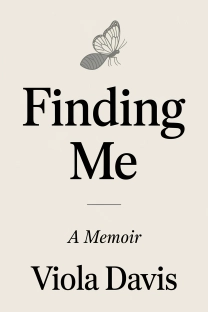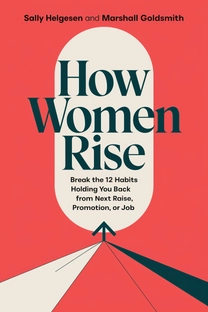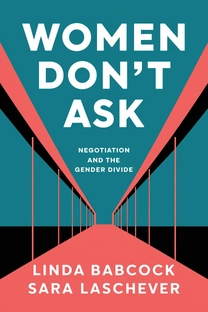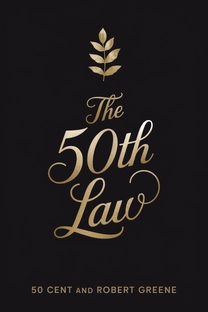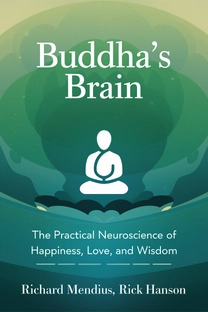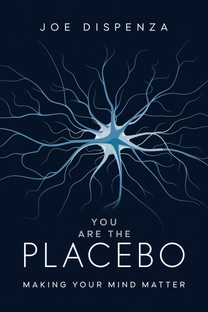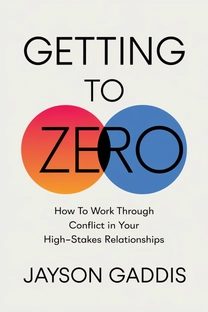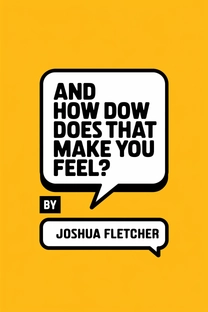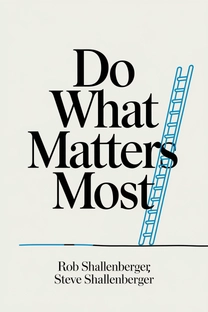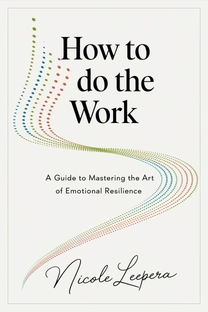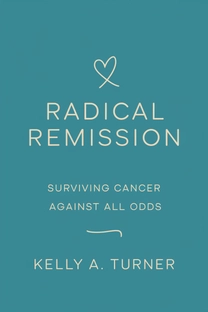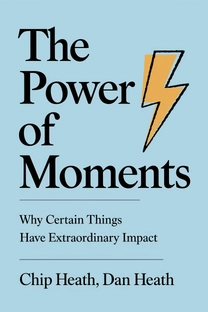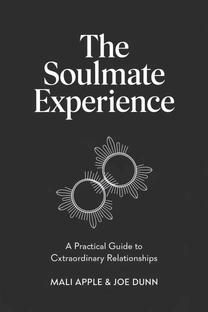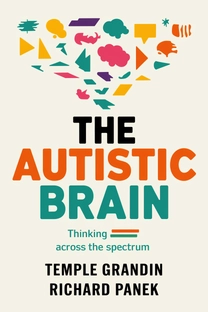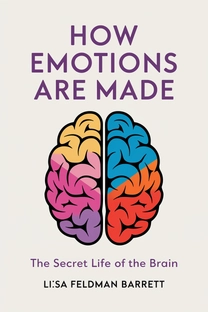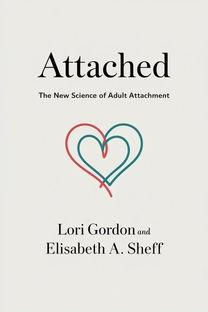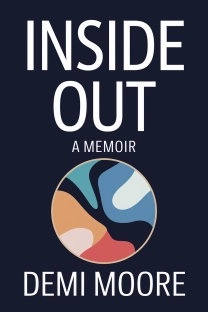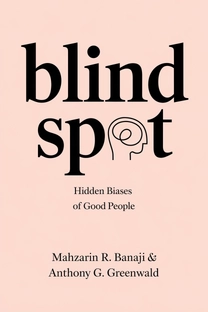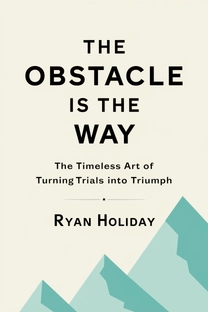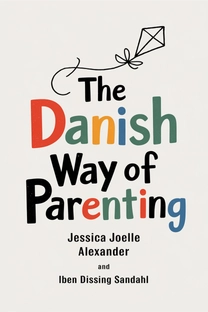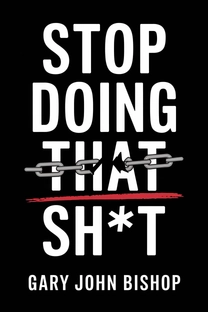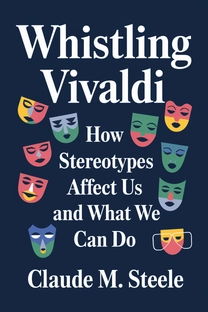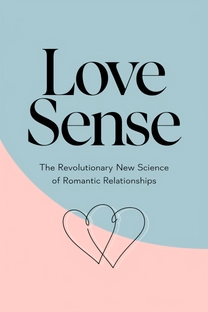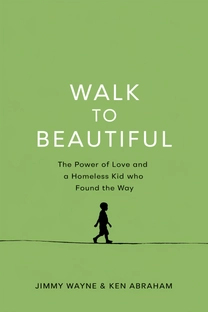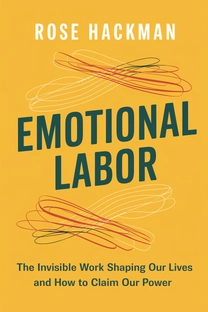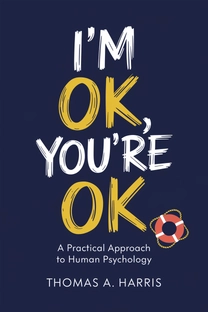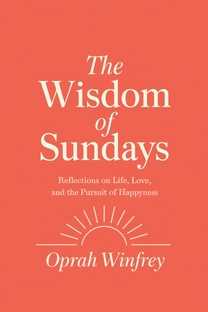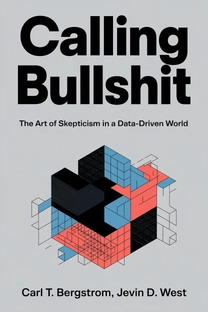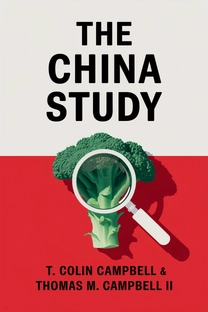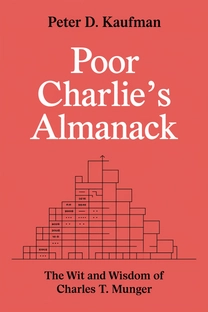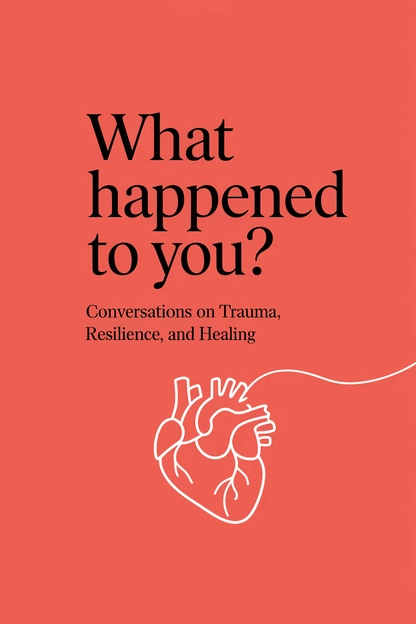
What Happened to You
Conversations on Trauma, Resilience, and Healing
by Bruce D. Perry, PhD, Oprah Winfrey
Brief overview
This book explores how early experiences of stress, trauma, or neglect can shape our brain’s development and influence how we respond to challenges throughout life. It highlights the importance of understanding our past so we can cultivate healthy coping skills and deeper connections in the present.
Introduction
Imagine a young child startled by a sudden noise at night, heart pounding as the world feels unsafe. Those moments can leave a lasting imprint. This book frames such experiences less as “What’s wrong with me?” and more as “What happened to me?” By reframing the question, we begin to see our reactions in life—outbursts, avoidance, or even high achievement—as responses to sometimes unrecognized past events.
Trauma isn’t simply about extreme cases of abuse; it can be any overwhelming event that affects our sense of safety or belonging. Large or small, these moments may linger deep in the nervous system. Understanding what triggers us starts the journey toward healing.
Here, you’ll find insights into how the brain develops and why those early years are so pivotal. You’ll also discover motivational stories illustrating how we can rewire old patterns. This is about hope, showing that through compassion and community, we can move from pain to empowerment.
Read on with an open heart. Many of these lessons may strike a personal chord, or remind you of someone in your life. By recognizing the source of behaviors, we can all cultivate greater empathy and transform beyond our most difficult beginnings.
The Brain’s Early Imprints
From our first breaths, our brain is gathering clues about the world—whether it feels safe, loving, or chaotic. During infancy, if a baby regularly receives nurturing touch and a gentle voice, the child develops a sense of stability and trust. Conversely, unpredictable or hostile environments prime the brain for threat detection.
The brain’s rapid growth in the early years can hardwire certain expectations. If a caregiver lovingly soothes a baby, those neural pathways for calm and connection strengthen. When neglected, a child’s stress-response systems may remain on high alert, shaping lifelong challenges in relationships and self-regulation.
These early patterns can remain invisible to us as we enter adulthood. But they often show up in how we handle conflict, our ability to set boundaries, or our constant need for approval. The body remembers, even when our conscious mind can’t.
By realizing our earliest experiences can set a blueprint for trust or fear, we begin to release shame. We see that our reactions often trace back to essential survival adaptations. That alone can be the first step toward deeper understanding.
What is What Happened to You about?
“What Happened to You” by Bruce D. Perry, PhD, and Oprah Winfrey explores how childhood adversity can shape the ways we cope and connect as adults. Drawing on both neuroscience and personal experiences, the authors show how the brain’s early development continues to affect our reactions, relationships, and overall well-being.
This book matters because it reframes the question from “What’s wrong with you?” to “What happened to you?” That simple shift can help readers break free from blame, uncover deeper resilience, and replace self-judgment with curiosity. By understanding the roots of trauma and how it can disrupt our sense of safety, we become more empowered to foster healing—both personally and in our communities.
Review of What Happened to You
This book’s greatest strength lies in its blend of expert insight and personal storytelling. Dr. Perry brings clinical understanding about how stress responses form and persist, while Oprah Winfrey shares candid anecdotes of adversity and growth. The result is a narrative that feels both authoritative and remarkably relatable.
Practical tips on emotional regulation, finding supportive connections, and shifting our mental habits make these pages deeply actionable. The authors show how we can rewrite old knee-jerk reactions by strengthening new patterns in the brain. Their conversational tone keeps complex topics accessible, so the science never feels overwhelming or out of reach.
Anyone looking to understand their own or a loved one’s behavior can benefit greatly from these perspectives. The emphasis on compassion and community resonates well beyond individual healing. For those seeking a resource that clarifies trauma’s impact and how to address it head-on, “What Happened to You” comes highly recommended.
Who should read What Happened to You?
- Therapists and counselors seeking real-life applications of trauma-informed care
- Adults who experienced childhood adversity and want to understand their patterns
- Educators aiming to respond effectively to students who have difficult backgrounds
- Parents and caregivers hoping to mend or prevent unhealthy cycles
About the author
Book summaries like What Happened to You
Why readers love Mindleap
10-Minute Book Insights
Get the core ideas from the world's best books in just 10 minutes of reading or listening.
Curated For You
Discover your next favorite book with personalized recommendations based on your interests.
AI Book ExpertNew
Chat with our AI to help find the best book for you and your goals.
Reviews of MindLeap
Love how I can get the key ideas from books in just 15 minutes! Perfect for my busy schedule and helps me decide which books to read in full.
Alex R.
The summaries are incredibly well-written and the audio feature is perfect for my commute. Such a time-saver!
Jessica M.
Great app for personal growth. The insights are clear and actionable, and I love how they capture the essence of each book.
Chris P.
The app is beautifully designed and the summaries are top-notch. Definitely worth every penny!
Sarah K.




